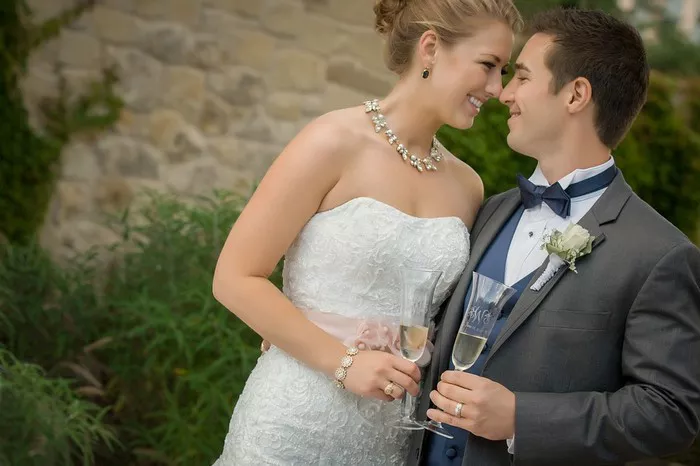A significant demographic shift is occurring in the wedding industry as divorcees, widowers, and longtime singles tying the knot later in life create demand for an entirely new category of celebrations. Dubbed “Second Chapter” weddings, these midlife unions now account for nearly 30% of all weddings in Western countries—up from just 12% two decades ago. Unlike first marriages, these celebrations emphasize different priorities, sparking innovative trends that are reshaping the entire wedding landscape.
Second Chapter weddings typically reject traditional templates in favor of highly personalized celebrations. The average age for these couples is 47, bringing financial stability that allows for more adventurous choices but also life experiences that make conventional wedding tropes feel inauthentic. “We’d both been through the big white wedding before,” explains James Holloway, who married at 52. “This time we wanted something that reflected who we actually are now—we got married on a hiking trail with just our closest friends and adult children.”
The industry has responded with specialized services catering to mature couples. Some venues now offer “no-fuss” packages that eliminate traditional elements like bridal parties and bouquet tosses. Jewelers report surging demand for non-traditional wedding bands—many second-chapter couples choose engraved titanium or wood instead of gold and diamonds. Travel companies have created “wedventure” packages combining the ceremony with active honeymoons like safari treks or cycling tours through wine country.
Financially, these weddings represent a growing market segment. While often smaller in guest count, second-chapter weddings have a 60% higher per-guest spend compared to first marriages. Couples frequently prioritize exceptional food and wine, comfortable accommodations for older guests, and professional photography to capture blended families. Perhaps most significantly, over 75% of these couples create prenuptial agreements—making wedding lawyers an increasingly important part of the planning process.
Psychologists note the cultural significance of this trend. “These weddings represent a societal acceptance that love isn’t just for the young,” observes Dr. Rebecca Stone, who studies midlife relationships. “There’s beautiful symbolism in celebrating that your romantic story can have multiple meaningful chapters.” As lifespans increase and societal stigma around later-life romance fades, second-chapter weddings appear poised to become a permanent and influential segment of the matrimonial market.


